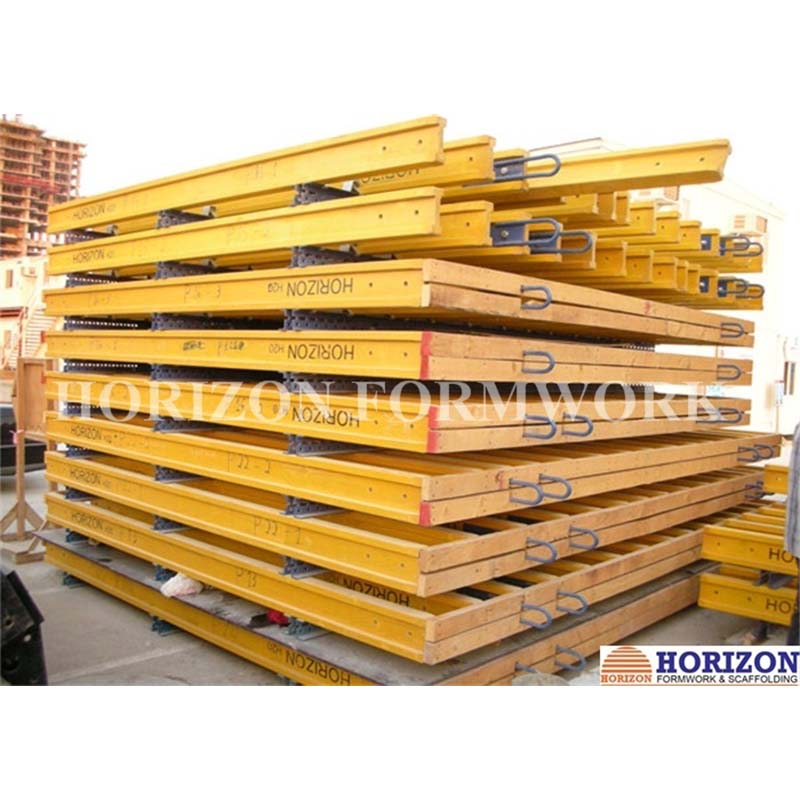ኅዳር . 08, 2024 12:01 Back to list
Precast Concrete Formwork Manufacturing Facilities and Their Impact on Construction Efficiency
The Importance of Precast Shuttering Factories in Modern Construction
In today’s rapidly evolving construction industry, the need for efficiency, sustainability, and quality has never been more critical. One significant innovation that has transformed the way structures are built is precast concrete technology. Central to this innovation are precast shuttering factories, which play a pivotal role in the production of precast concrete elements. This article delves into the functions, benefits, and future of precast shuttering factories.
Understanding Precast Shuttering
Precast shuttering refers to the use of formwork that is manufactured in a factory and then used to shape concrete elements before they are transported to the construction site. These elements can range from walls and slabs to beams and columns. The advantages of precast shuttering include precise control over dimensions and finishes, improved construction speed, and reduced labor costs on-site.
The Function of Precast Shuttering Factories
Precast shuttering factories are specialized facilities designed to produce concrete elements using shuttering systems. These factories employ advanced machinery and skilled labor to ensure that the quality of the pre-manufactured components meets the required standards. Here are some of the key functions of these factories
1. Manufacturing Precision The controlled environment of a factory allows for precise measurements and high-quality standards that are often difficult to achieve on-site. This precision enhances the overall integrity of the construction.
2. Efficiency in Production With the use of automation and modern technologies, precast shuttering factories can produce large quantities of components in a shorter timeframe. This efficiency allows construction projects to adhere to timelines and budgets.
3. Quality Control Regular inspections and standardized processes in the factory setting ensure that all products meet stringent quality requirements, reducing the likelihood of defects and subsequent costs associated with repairs.
4. Customization and Versatility Precast shuttering systems can be customized to create a range of architectural finishes and designs. This versatility allows architects and designers to push the boundaries of traditional construction methods and create unique structures.
Benefits of Using Precast Shuttering
The adoption of precast shuttering in construction offers numerous benefits that are compelling for both builders and clients
precast shuttering factories

1. Time Savings Precast elements can be manufactured while site preparations are ongoing, allowing projects to progress concurrently and significantly shorten construction schedules.
2. Reduced Labor Costs As much of the labor-intensive work is conducted in a factory setting, the need for skilled labor on-site diminishes. This shift can lead to lower overall labor costs for construction companies.
3. Sustainability By optimizing material use and minimizing waste, precast shuttering contributes to more sustainable building practices. Additionally, many factories are moving towards using green materials and environmentally friendly processes.
4. Enhanced Safety With less on-site construction work needed, there are reduced risks for laborers and a safer working environment overall.
Challenges Faced by Precast Shuttering Factories
Despite their advantages, precast shuttering factories face several challenges. The initial investment in machinery and technology can be substantial. Additionally, logistical complexities in transporting large precast elements to various sites can pose difficulties. Coordination between factory production and on-site construction schedules is crucial to avoid delays.
The Future of Precast Shuttering Factories
The future of precast shuttering factories looks promising, bolstered by technological advancements such as 3D printing and BIM (Building Information Modeling). As more construction firms embrace these innovations, precast construction is expected to increase, paving the way for new architectural possibilities and greater efficiency.
Moreover, the growing demand for sustainable building practices will likely drive the expansion of precast concrete solutions. Factories are increasingly adopting eco-friendly practices, such as recycling materials used in production and minimizing energy consumption.
Conclusion
Precast shuttering factories are at the forefront of the construction revolution, offering substantial benefits that align with the industry's growing demands for efficiency, quality, and sustainability. As advancements continue to shape the construction landscape, these factories will play an integral role in defining the future of building practices. By recognizing and investing in the capabilities of precast shuttering, the construction industry can meet the challenges of today while paving the way for innovative solutions tomorrow.
-
Expert Ringlock Scaffolding: Durable, Safe, Efficient Solutions
NewsAug.28,2025
-
Ringlock Scaffolding: Strong, Safe & Efficient Solutions
NewsAug.27,2025
-
OEM Column Formwork: Circular, Curved & Inclined Solutions
NewsAug.26,2025
-
Premium Scaffolding Jacks: Stable, Adjustable & Durable
NewsAug.25,2025
-
OEM Wall Formwork & Shuttering: Flexible & Curved Solutions
NewsAug.24,2025
-
Adjustable Heavy Duty Props for Slab Formwork | Strong & Reliable Support
NewsAug.23,2025